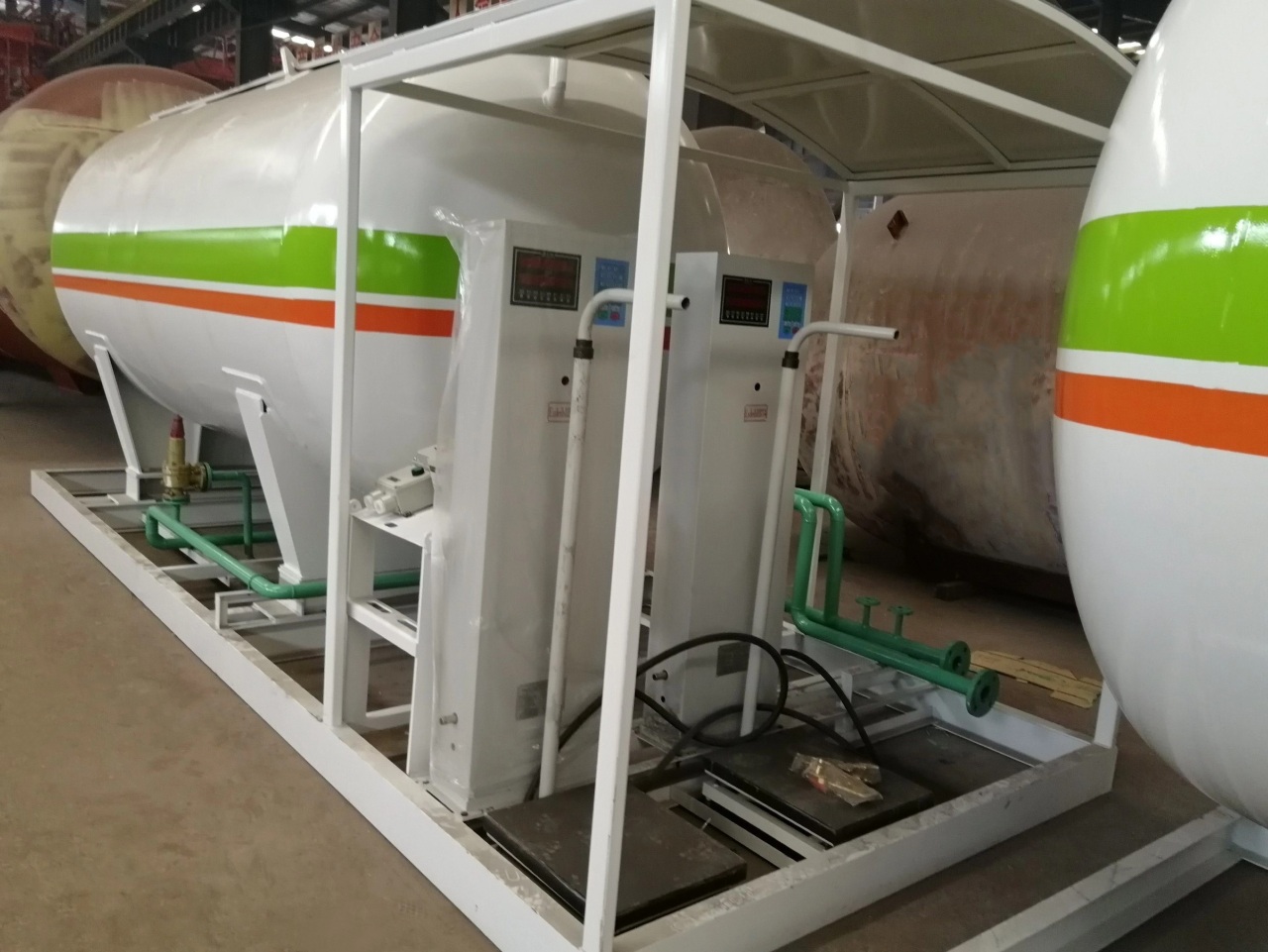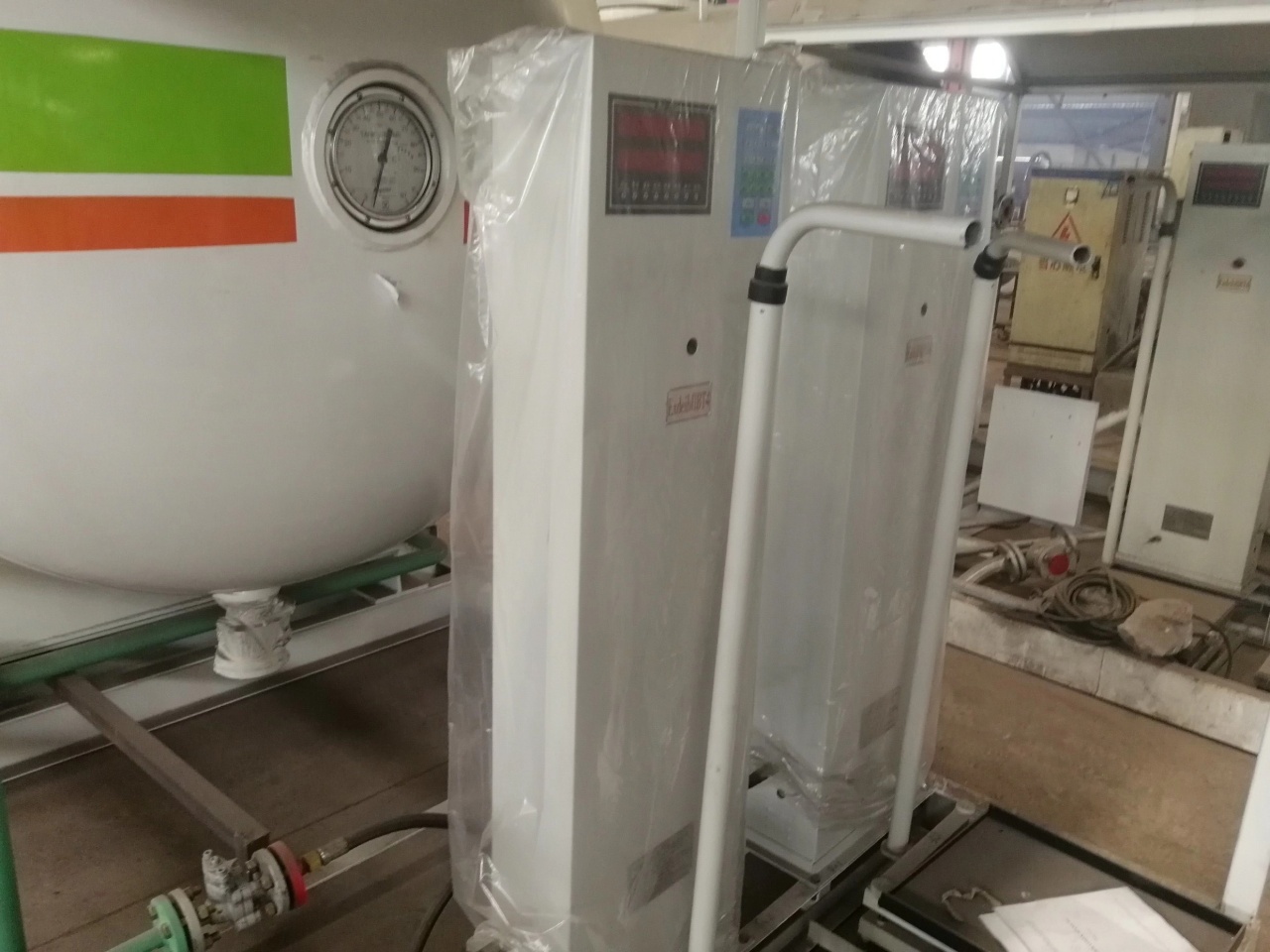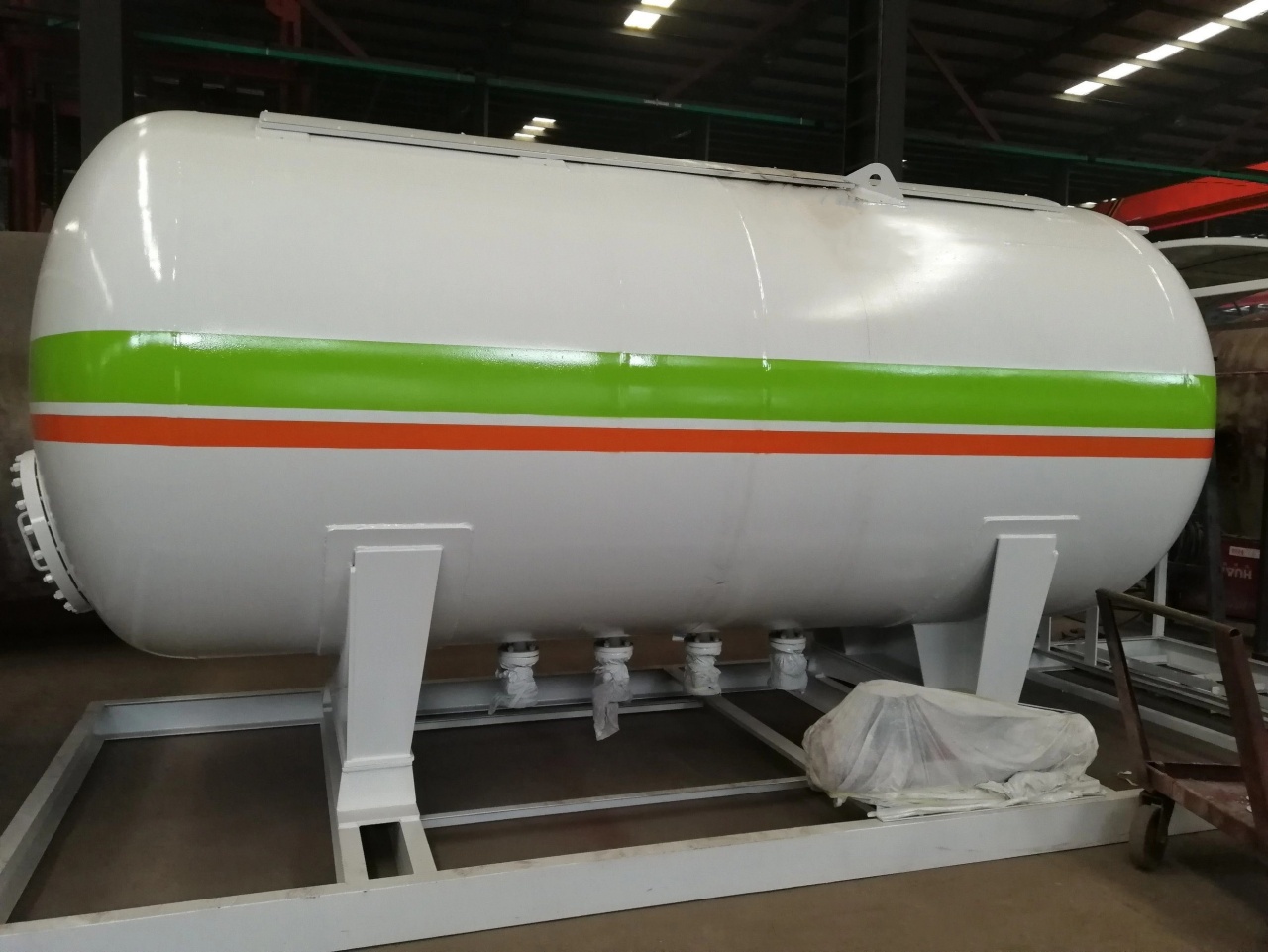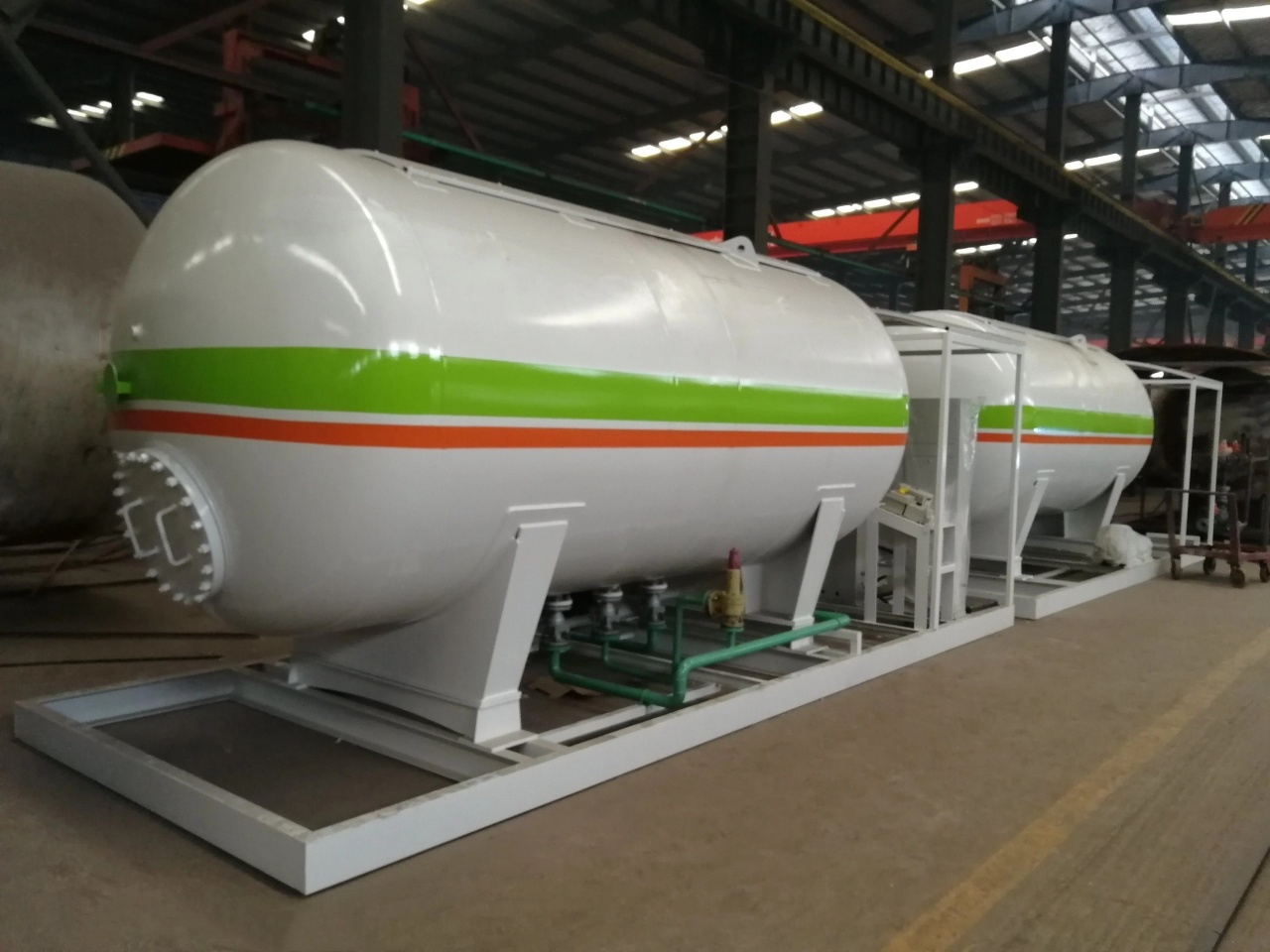Introduction
Liquefied Petroleum Gas (LPG) is a widely used fuel for domestic, industrial, and vehicular applications. It is an energy-efficient and environmentally friendly alternative to conventional fossil fuels like gasoline and diesel. An LPG filling station is a specialized facility designed to store, handle, and dispense LPG safely and efficiently. These stations cater to various users, including households, businesses, and vehicle owners who rely on LPG-powered engines.
This article explores the key components, working principles, safety measures, and advantages of LPG filling stations.
Components of an LPG Filling Station
An LPG filling station consists of multiple components that work together to ensure safe and efficient fuel distribution. Some of the essential elements include:
- LPG Storage Tanks
- Large cylindrical or spherical tanks are designed to store LPG under pressure.
- Made from high-strength steel to withstand high pressure and temperature variations.
- Equipped with safety valves to prevent overpressure situations.
- Dispenser Units
- These units control the flow of LPG into vehicles or refillable cylinders.
- Fitted with flow meters to measure the exact quantity of LPG dispensed.
- Includes nozzles that ensure a secure connection between the dispenser and the vehicle or cylinder.
- Pump and Compressor Systems
- LPG pumps transfer the gas from storage tanks to dispensers.
- Compressors help maintain the required pressure for smooth operation.
- Pipeline Network
- A system of high-pressure pipelines is designed to transport LPG within the station.
- Constructed from corrosion-resistant materials for durability and safety.
- Safety Systems
- Fire suppression systems, including extinguishers and sprinklers.
- Leak detection sensors are used to identify potential gas leaks.
- Emergency shut-off valves to prevent accidents.
- Control Panel and Monitoring Systems
- Centralized control panels that monitor gas levels, pressure, and temperature.
- Digital monitoring systems ensure proper operation and alert operators to anomalies.

How an LPG Filling Station Works
The functioning of an LPG filling station follows a systematic process:
- Storage and Handling
- LPG is delivered to the filling station via tanker trucks and transferred to storage tanks.
- The gas is stored under pressure to keep it in a liquid state.
- Dispensing Process
- When a customer needs to refill an LPG cylinder or vehicle tank, the dispenser is connected securely.
- The pump and compressor systems transfer the LPG from the storage tank to the end-user container.
- The dispenser meters the amount of LPG being filled, ensuring accurate billing.
- Safety Checks and Compliance
- Leak tests are conducted before and after dispensing.
- Regular safety inspections ensure compliance with industry regulations.
- Operators and customers are trained to follow safety protocols.
Types of LPG Filling Stations
LPG filling stations can be categorized based on their purpose and design. The main types include:
- Auto LPG Stations
- Designed for refueling LPG-powered vehicles.
- Often located at conventional fuel stations or standalone facilities.
- Equipped with fast-fill dispensers for quick service.
- Domestic Cylinder Refilling Stations
- Primarily serve residential and commercial users.
- Customers bring empty LPG cylinders to be refilled or exchanged.
- Use precision filling equipment to prevent overfilling and gas leaks.
- Industrial LPG Stations
- Supply LPG for industrial applications, including manufacturing, metal cutting, and food processing.
- Typically have larger storage capacities to meet high-volume demands.
- Mobile LPG Filling Units
- Portable units are designed to provide LPG refilling services in remote locations.
- Useful for areas without permanent LPG infrastructure.

Safety Measures in LPG Filling Stations
Safety is a top priority in LPG filling stations due to the flammable nature of the gas. Some crucial safety measures include:
- Proper Ventilation
- Stations are designed with open spaces to prevent gas accumulation.
- Adequate airflow helps dissipate any leaked gas quickly.
- Leak Detection Systems
- Sensors continuously monitor for gas leaks.
- Immediate alerts and automatic shutdown mechanisms prevent hazards.
- Fire Safety Equipment
- Fire extinguishers, sprinklers, and emergency response tools are strategically placed.
- Employees are trained in fire safety protocols.
- Regulatory Compliance
- Stations adhere to national and international safety standards.
- Regular inspections ensure all equipment is in optimal working condition.
- Safe Handling Procedures
- Customers and staff are instructed on safe LPG handling.
- Proper procedures are followed to prevent static electricity discharge.
Advantages of LPG Filling Stations
LPG filling stations offer several benefits, making them a popular choice for energy distribution:
- Eco-Friendly Fuel Alternative
- LPG produces fewer emissions than gasoline and diesel.
- Helps reduce carbon footprint and air pollution.
- Cost-Effective Fuel
- LPG is often cheaper than conventional fuels.
- Provides better mileage for vehicles, improving cost savings.
- Versatile Applications
- Used in homes, industries, and vehicles.
- Supports diverse energy needs efficiently.
- Energy Security
- Reduces dependence on traditional fossil fuels.
- It can be sourced from both natural gas and crude oil refining.
- User Convenience
- LPG filling stations offer quick refueling services.
- Mobile units extend access to remote areas.

Challenges Faced by LPG Filling Stations
Despite their benefits, LPG filling stations face certain challenges:
- Initial Investment Costs
- Setting up an LPG filling station requires significant capital investment.
- Costs include storage infrastructure, safety systems, and compliance measures.
- Strict Safety Regulations
- Stringent government regulations must be met.
- Compliance requires ongoing monitoring and upgrades.
- Public Awareness and Acceptance
- Some users are hesitant to switch from conventional fuels.
- Education campaigns are needed to promote LPG benefits and safety.
- Infrastructure Development
- Expanding LPG refueling networks in rural and underdeveloped areas is challenging.
- Requires coordination with governments and private sector investments.
Conclusion
LPG filling stations play a crucial role in providing clean, efficient, and cost-effective energy to millions of users worldwide. Whether used for household cooking, industrial applications, or fueling vehicles, LPG stations ensure the safe and reliable distribution of this versatile fuel. While challenges exist, technological advancements and regulatory frameworks continue to enhance the safety and accessibility of LPG filling stations.
With the growing demand for alternative energy sources, the expansion of LPG filling stations will contribute significantly to sustainable energy solutions. Investing in LPG infrastructure and promoting awareness will help maximize the benefits of this clean fuel, paving the way for a greener future.


